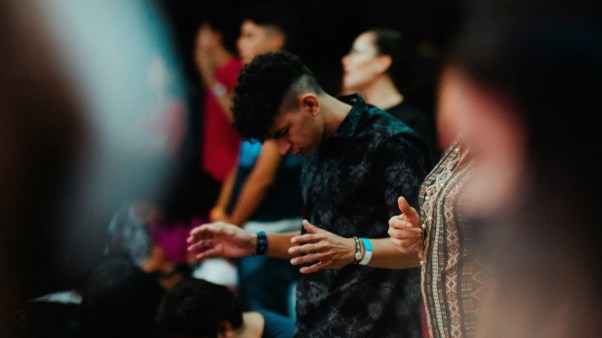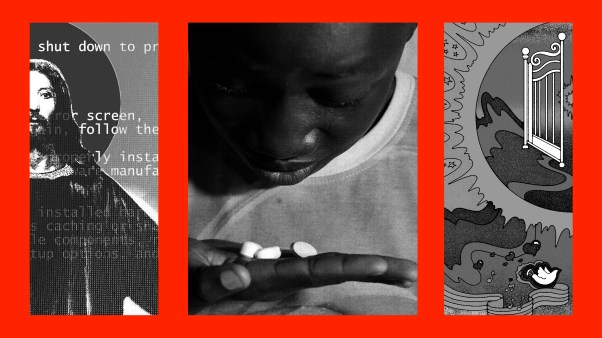Churches waiting for more people to return on Sunday mornings are still waiting, two years into the pandemic.
Over the past six months, nearly all houses of worship have reopened for services and, week by week, more have dropped mask requirements, social distancing, and other COVID-19 precautions. But the latest figures from Pew Research Center show that once-regular churchgoers aren’t much more likely to show up than they were back in September.
While people steadily returned to church services in the first half of 2021, the trend hit a plateau. Going into the third year since COVID-19, congregations and their leaders are left with the reality that the people who worshiped alongside them before may not be coming back.
Around two-thirds of people who usually attend church at least monthly said they were back in the pews in March (67%), roughly the same as in September 2021 (64%).
“2021 had many leaders clinging to the idea that the next season—Easter, the new school year, Christmas, etc.—would bring attendance back to 2019 levels. For most churches, that ‘magic season’ never materialized,” wrote Carey Nieuwhof, former pastor and church leadership strategist, at the start of the year.
“In 2022, the constant cycle of hope and disappointment will give way to the new reality that this is your church. It will become evident that some of the people who said they’re coming back later clearly aren’t coming back—ever.”
Churchgoing evangelical Protestants have returned at the highest rates, but their figures are also holding steady rather than growing: 75 percent attended in March and 72 percent the September before.
Black Protestants remain the most cautious, and under half of regular churchgoers from their tradition are back in person. Fewer reported they had gone to services in March (48%) than back in September (50%).
The recent Pew figures follow what other surveys have indicated and what pastors see in their still-not-full sanctuaries on Sundays. A 2021 American Family Survey found the biggest drop in church attendance among Black churchgoers, older adults, and couples without kids at home.
As CT reported last year, some Christians see the lagging attendance figures as signs of a much bigger crisis for churches, where the upheaval of the pandemic has changed the way people relate to church.
“We have to retrain people from the beginning on why you should bother to assemble,” said Collin Hansen, who wrote Rediscover Church: Why the Body of Christ Is Essential. “I think pastors take that for granted and are going to be surprised how many people never had that vision to begin with and never come back when the all-clear is given.”
Within weeks of COVID-19 taking off in the US, it became clear that livestream and other online service formats would not only keep church life going but in many cases expand their reach.
“While religious congregations as a whole may have experienced a large drop in physical attendance during the pandemic, there’s good reason to believe that virtual attendance is much higher today than it was before the coronavirus outbreak began in early 2020,” the Pew report said.
Black Protestant churchgoers are also the most likely to keep watching services online, Pew found. They’re twice as likely as churchgoers from other traditions to say their only recent church attendance has been online or on TV.
The number of Americans overall who have attended or tuned into a church service exceeds those who say they’re regular churchgoers. While overall reach has expanded, there’s a segment of Christians who used to belong to a church community who aren’t engaging at all anymore: 12 percent of formerly regular churchgoers say they’re not attending in person or watching online.
Pastors are left considering hybrid worship models and whether to invest in growing online engagement even though their church is open in person.
“We now live our lives in a hybrid of physical and digital, and there’s no going back,” Ian Harber wrote in a January article posted by the Southern Baptist Ethics and Religious Liberty Commission. “Of course, we never want to forsake the physical—we are physical beings made in God’s image who are called to gather together in the name of Christ—but we shouldn’t forsake our people to the digital either.”











